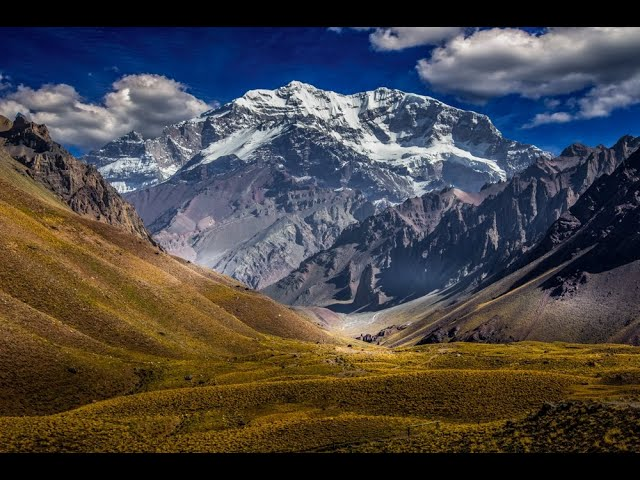Different ways to start your ascent
A gradual ascent is recommended, to
minimize hypoxia. That is why starting below 3000 meters above sea level and
walking up is the best. Abundant hydration is vital, because it is a sign if
you urinate little, after drinking a lot of water, that acclimatization is not
working. Also a diet rich in carbohydrates, for higher blood oxygen levels Aconcagua Ascents.
There are several routes. The northwest,
which is the busiest, begins two days on the back of a mule from Los Horcoes
and one day on foot. The South Route is for expert climbers, because it has
3,000 meters of ice and sixth-grade difficulties. Part of the Horcones and
after 12 kilometers, you reach the glacier area. The Eastern Route, or Polish
Glacier, leaves from Punta de Vacas, going up the river for about 60
kilometers, to Plaza Argentina Inferior. Upon reaching 5,300 meters, an ice
slope begins with increasing difficulties. The southwest begins in Plaza de
Mulas on the west wall, to climb about 6,707 meters through a labyrinth of
gutters and walls, which do not allow easy access to the top. Lastly, the
Glacier de los Argentinos route, starts from the Plaza Argentina Superior and
reaches the northern summit. It is a mountain of the Andes mountain range. It
is located in the Province of Mendoza in the northwest of the Argentine
Republic. To the north and east it is bordered by the Valle de las Vacas and to
the west and south by the lower Valle de los Horcones. Several glaciers
traverse its slopes; the most important are the northeastern or Polish glacier
and the eastern or English one. It is located within the Aconcagua Argentina Provincial
Park, and it is a mountain very frequented by climbers from all over the world.
It is the highest peak in America and at the same time the highest in the world
outside of Asia, with a height of 6969 meters.
The Cordillera Principal has 70 km. wide to
the south of the Diamante river and it thins towards the north, up to about 30
km. in the park region. Inversely, the heights descend from north to south from
more than 6,000 m to around 3,500 m.
The landscape is determined by the
structure, with a stacking of different rocks.
The elevation is very important, whose lowest level is 2500m, which mainly determines the characteristics of the climate, influencing the different acting processes. Aconcagua, The Colossus of America, so cold and so special, so raw and so dreamy. It is precisely because of its climate that it is compared to the eight thousand Himalayas. The low humidity, the low percentages of oxygen and the strong winds are just some of the characteristics of the climate of this hill.




Comments
Post a Comment